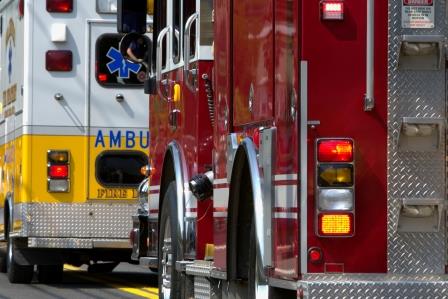 Community Integrated Paramedicine programs are coming together in two primary business models in Arizona. The first one has EMS (emergency medical services) agencies partnering with hospitals to reduce the frequency that patients are re-admitted to hospitals. In the second, EMS agencies are cultivating social service referrals to reduce the frequency that folks use emergency departments for non-emergency events.
Community Integrated Paramedicine programs are coming together in two primary business models in Arizona. The first one has EMS (emergency medical services) agencies partnering with hospitals to reduce the frequency that patients are re-admitted to hospitals. In the second, EMS agencies are cultivating social service referrals to reduce the frequency that folks use emergency departments for non-emergency events.
Community Integrated Paramedicine programs are on the rise because federal law provides hospitals a financial incentive to reduce the number of readmissions among patients discharged within 30 days. There’s also been a national focus on conducting community health needs assessments, which have exposed gaps in the availability of preventative health care services needed to improve the health and well-being of residents. Community paramedicine is increasingly being recognized as a cost-effective way to fill those gaps.
A new piece of the community paramedicine puzzle became available a couple of weeks ago with the publication of a document called Expanding the Roles of Emergency Medical Services Providers: A Legal Analysis. The document examines the legal perspective and provides guidance on several topics including scope of practice, emergency calls, payment, liability and medical direction for community integrated paramedicine programs.
Community Integrated Paramedicine touches our Bureau of EMS and Trauma System, the Bureau of Tobacco and Chronic Disease and the Health Care Institution Licensing Branch. Our job over the coming months is to help Community Integrated Paramedicine Programs to navigate regulatory waters and manage the risks associated with a new business model for EMS providers – our Team is finalizing work on a guidance document right now.









